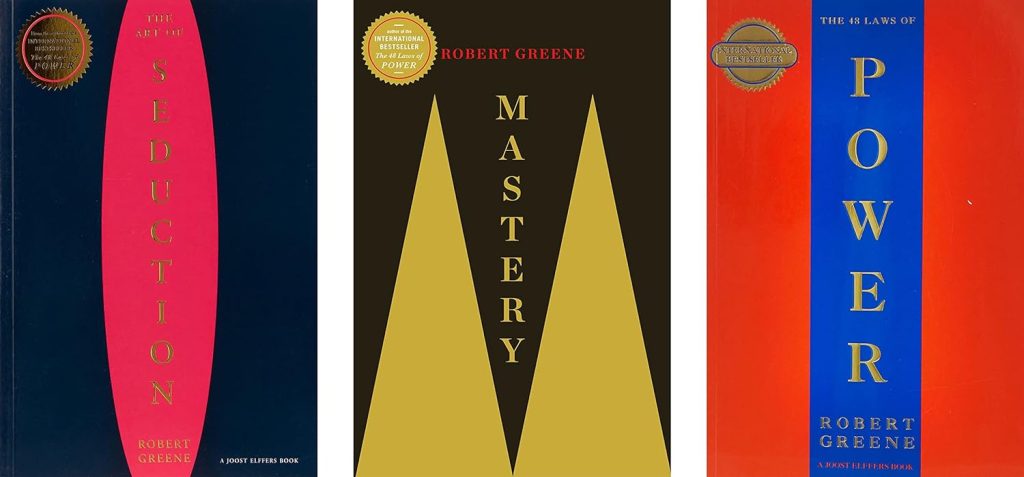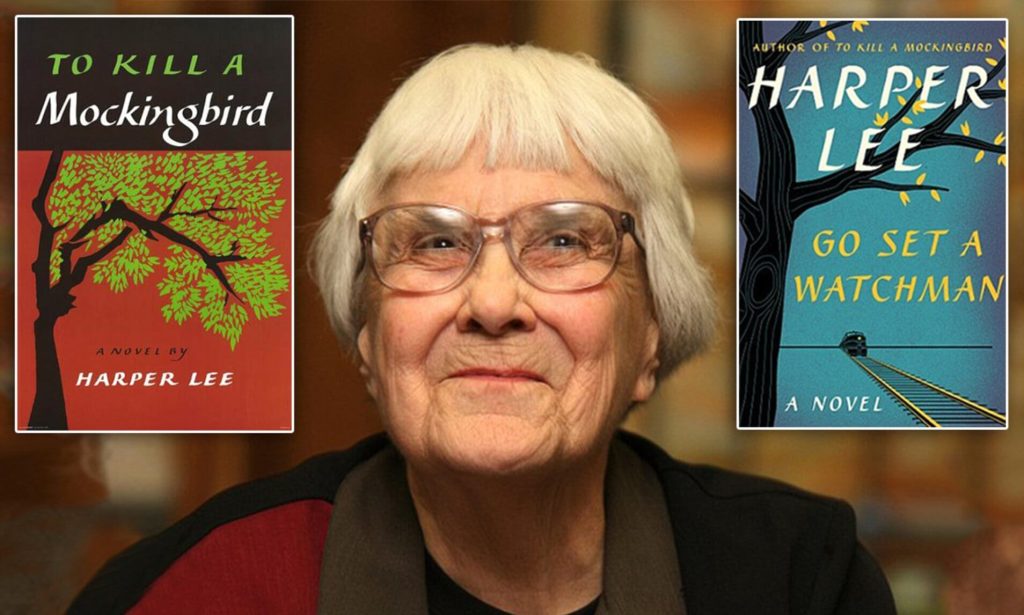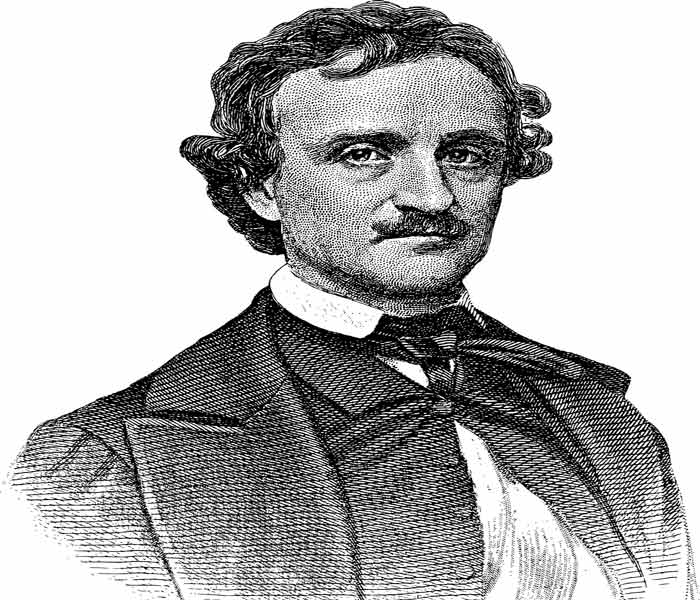Robert Greene is known for creating two memorable characters: The Courtier from “The 48 Laws of Power” and The Seducer from “The Art of Seduction.” These personas exemplify strategic and manipulative behaviours that resonate deeply with readers.

Characters from the Works of Robert Greene
Robert Greene was an English playwright, poet, and author who lived during the Elizabethan era. He was a contemporary of William Shakespeare and Christopher Marlowe. While he is known for his literary works, he is also remembered for his colorful and often controversial life. Here’s a character list featuring some of Robert Greene’s notable creations:
Dorastus (from “Pandosto”):
- The young and virtuous prince of Bohemia who faces trials of love and betrayal.
- Represents themes of romance, loyalty, and the consequences of jealousy.
Euphues (from “Euphues: The Anatomy of Wit”):
- A young, witty, and fashionable gentleman who travels through life seeking love and adventure.
- Known for his eloquent speeches and moral reflections, shaping the style of Elizabethan prose.
Mariana (from “Menaphon”):
- A beautiful and virtuous lady who becomes the object of desire for various suitors.
- Embodies the ideals of chastity, loyalty, and feminine virtue prevalent in Renaissance literature.
Friar Bacon (from “Friar Bacon and Friar Bungay”):
- A wise and learned friar who dabbles in the occult and invents a brazen head capable of predicting the future.
- Symbolizes the pursuit of knowledge and the dangers of unchecked ambition.
Alexander (from “A Looking Glass for London and England”):
- A legendary conqueror whose rise and fall serve as a cautionary tale about the transient nature of power.
- Reflects themes of ambition, hubris, and the inevitability of fate.
Thomas Grimald (from “The History of Dorastus and Fawnia”):
- A loyal friend to Dorastus who aids him in his quest for love and redemption.
- Represents the virtues of friendship, loyalty, and selflessness.
Penelope (from “Penelope’s Web”):
- A cunning and resourceful woman who outwits her suitors while waiting for her husband’s return.
- Symbolizes patience, cleverness, and feminine resilience in the face of adversity.
Fawnia (from “The History of Dorastus and Fawnia”):
- A shepherdess of humble origins who captures the heart of Dorastus with her beauty and innocence.
- Embodies the theme of love transcending social barriers and the purity of heart.
Orlando Furioso (from “Orlando Furioso”):
- A knight-errant who embarks on epic adventures to win the love of his lady and defend the honor of chivalry.
- Represents the idealized notions of bravery, honor, and courtly love popular in Renaissance literature.
Lucilla (from “Pandosto”):
- The virtuous queen of Bohemia who suffers from the jealousy and machinations of her husband, Pandosto.
- Reflects the themes of innocence, betrayal, and the resilience of the human spirit.
These are just a few examples, as Greene wrote numerous plays, pamphlets, and other works during his lifetime. His characters often reflect the moral complexities and societal tensions of his time.
Two Memorable Characters Created by Robert Greene
Among Robert Greene’s characters, two stand out prominently: The Seducer and The Courtier. Let’s learn details-
The Seducer (The Art of Seduction):
Description: The Seducer is like a mysterious charmer, drawing people in with their irresistible charm and aura of mystery.
Character Traits: They’re really good at making people feel certain ways by playing with their emotions. They’re also good at figuring out what makes people vulnerable, and they use that to get what they want.
Memorable Traits: The Seducer is known for being super persuasive. They know how to talk and move in a way that makes people feel like they’re under a spell. Plus, they often seem like they don’t really care about anything, which makes them even more intriguing.
Role in Stories: In stories, the Seducer is a big deal because they show how someone can manipulate others with charm. It’s all about exploring how people can use attraction and manipulation to get what they want, even if it leads to complicated or bad relationships. Reading about the Seducer helps us understand why people are drawn to certain people and how they can be influenced.
The Courtier (The 48 Laws of Power):
Description: The Courtier is like a smooth operator in fancy social circles, knowing exactly how to act and talk to fit in.
Character Traits: They’re really good at avoiding fights and keeping things peaceful. They pay close attention to what people are up to and what they want.
Memorable Traits: The Courtier is great at subtly getting what they want. They understand how power works in social groups and use their relationships to get ahead.
Role in Stories: In stories, the Courtier is the expert on dealing with tricky politics and social stuff. They teach us how important it is to be smart and flexible in order to succeed in structured environments. By reading about the Courtier, we learn how people climb the social ladder and gain influence.
What Is Robert Greene’s famous work?
Robert Greene’s most famous work is “The 48 Laws of Power.” It’s a book that talks about strategies and tactics for gaining power and influence in various situations. In simple terms, it’s like a guidebook that shows you how to navigate through different social and professional environments to achieve your goals.
Greene uses historical examples and stories to illustrate each law, making it easy to understand and apply to real-life situations. The book covers topics such as mastering your emotions, knowing when to be aggressive or passive, and understanding the motivations of others.
Overall, “The 48 Laws of Power” is a popular resource for people looking to enhance their leadership skills and succeed in competitive environments.
The Bottom Line
In the end, Greene’s characters leave a lasting impression, encouraging readers to consider the dynamics at play in their own lives and relationships. Whether seeking to understand the intricacies of power dynamics or the art of seduction, Greene’s books offer valuable lessons and insights that resonate long after the final page is turned.



Pingback: Is 48 Laws of Power Worth Reading - Books in Brain